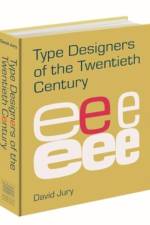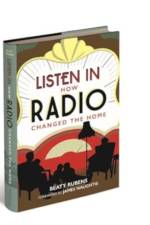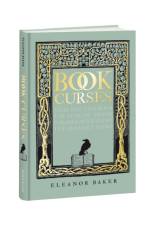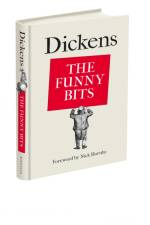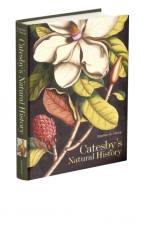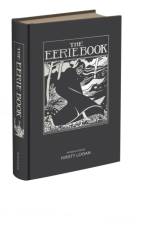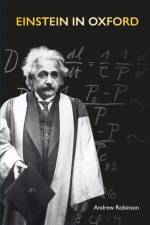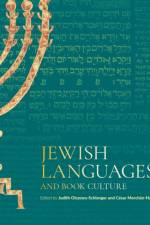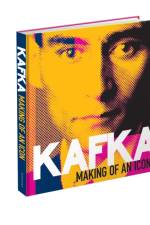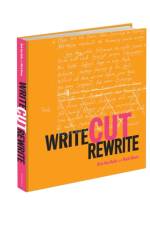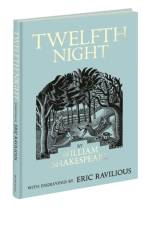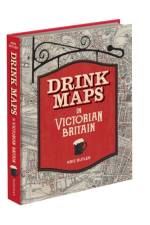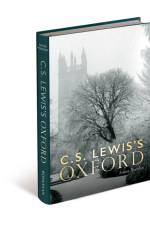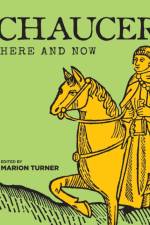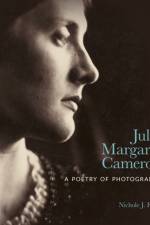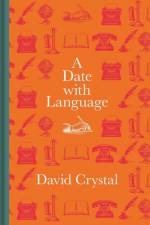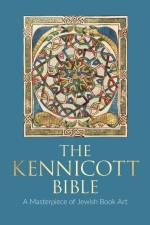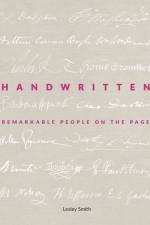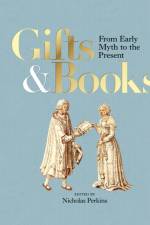av David Crystal
359
A collection of 366 facts about language to enliven each day of the year. In this ingenious and diverse collection of 366 stories, events, and facts about language, David Crystal presents a selection of insights from literary and linguistic writers, poets, and global institutions, together with the weird and wonderful creations of language enthusiasts to enliven each day of the year. This day-by-day treatment illustrates the extraordinary, the weird, and the wonderful creations of language, covering everything from holidays like "Morse Code Day" and "Talk Like William Shatner Day" to the forensic phonetics used to catch serial killers. The book covers writers from many different eras and cultures, including William Shakespeare, Oscar Wilde, Emily Dickinson, Toni Morrison, R. K. Narayan, Wole Soyinka, and many more. Some days focus on pronunciation, orthography, grammar, or vocabulary. Others focus on the way language is used in science, religion, politics, broadcasting, publishing, the arts, and the Internet. Some days acknowledge the achievements of language study, such as in language teaching, speech therapy, deaf education, and forensic science, as well as technological progress, from the humble pencil to digital software. Several days celebrate individual languages, including those spoken in small language communities. A celebration of creativity and change, this book will inspire readers to make a daily date with language.

